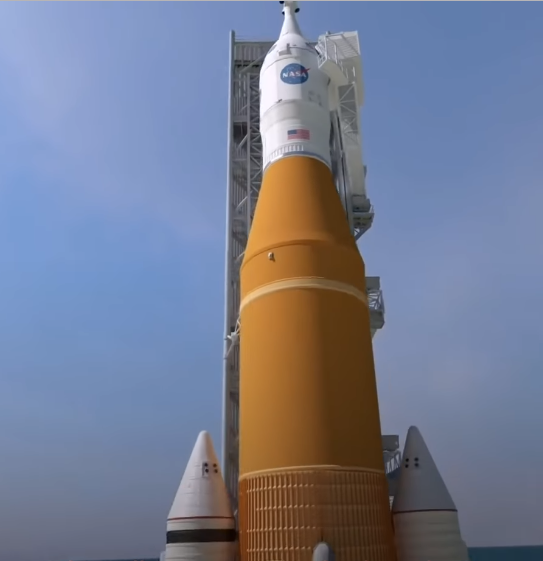What IF Sun stop Shining or gets Dimmed
What IF Sun stop Shining!
OR
What if Sun Dimmed Down
The sky appears darker. The temperature starting to drop. Our rivers are freezing, crops are covered in snow. People could go hungry!
The space rumours are true, we are at the beginning of a solar minimum cycle, and NASA expects it to be one of the weakest in the last 200 years.

What is Solar Minimum?
What is Solar Cycle?
To help illuminate, let's explain what a solar cycle is. Every 11 years, give or take, the Sun goes through a cycle where the magnetic pole flip. North becomes South and South becomes North. During this period, the number of sunspots goes from low to high. With fewer sunspots on the sun's surface, solar flares and activity significantly diminish. This is called a Solar Minimum. And it potentially affects the amount of energy the Sun expels and its radiation levels.
The most extreme example of this happening on Earth was the Little Ice Age that took place between the 13th to mid 19th century. Cooling temperatures disrupted the grain harvest and created an agriculture crisis in Europe. During this time temperatures dropped by 2 degree celcius. NASA predicts, even when we reach the maximum level of this new cycle, it could be 30% to 50% weaker than the previous period. That's leading some scientists to speculate we are entering into another Little Ice Age for the next few decades. Minus the wooly mammoths.
Now, the flip side of this solar cycle isn't favourable either. When Sunspot occurences increase, it's called a Solar Maximum.
During this time, the Sun emits highy energized particles through space that are potentially dangerous to all electronics and power grids. An extreme solar storm could wipe out millions, if not billions, of people on Earth. In a flash, your phone's not working and Netflix is cutting out. Intense Solar winds could also cause GPS and telecommunications satellites to malfunction. Even worse, charged particles could potentially shut down essential life support systems, and zap the electrical functions in any spacecrafts tha's home to astronauts, plumetting them to Eath.
What if we dimmed down the Sun?
Could this cool the planet enough to reverse global warming? well, totally understanding the Sun is still a work in progress for the scientific community. Ideas about climate change and weather solar cycle might contribute either positively or negatively are plentiful. Unfortunately, according to NASA's Global Climate Change team, the news isn't really that glowing. They theorize that the warming causeed by human-induced greenhouse gas emissions is six times greater than than the possible decades long cooling from a prolonged Solar Minimum.
Even if the Solar minimum were to last a century, global temperatures would still continue to rise. So, maybe we need to start looking for Earth 2.0 after all. But what does this mean in the short term for our space aspirations and why is NASA so over the moon happy?
Well, right now, NASA is working on the Artemis Lunar exploration program.
This will put astronauts back on the Moon by the year 2024. So think of using Solar Cycles as predicting space weather. If you're sending anyone or anything into space, you want the conditions to be as ideal as possible. Good space weather equals low levels of solar activity and radiation. If we can accurately forecast these conditions, even years ahead, we can better predict when the best time to safely send our astronauts into space. With this insight, we could also safeguard and prepare humanity for harmful effects of high solar activity. At the very least, we could secure our vulnerable power grid during this time. Continued to research into the relationship we have with our star and the rest of our Solar System would be a hugehelp for us on Earth.



Good information
ReplyDeleteThank you
DeleteInformative 👍🏻
ReplyDeleteA very interesting read about the sun and its aspects. Look forward to reading more from here 👍🏻🙂
ReplyDeleteThank you
DeleteNice one ....keep it bru
ReplyDeleteVery interesting, indeed. Feel free to check out my contents, as well!
ReplyDelete